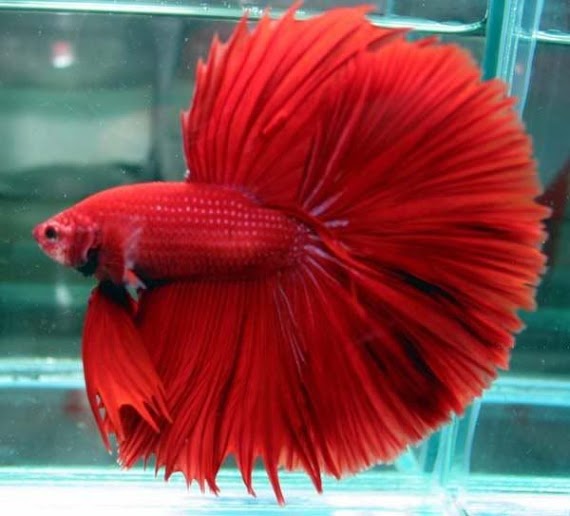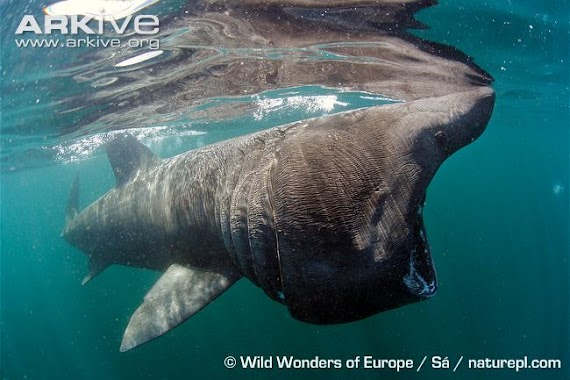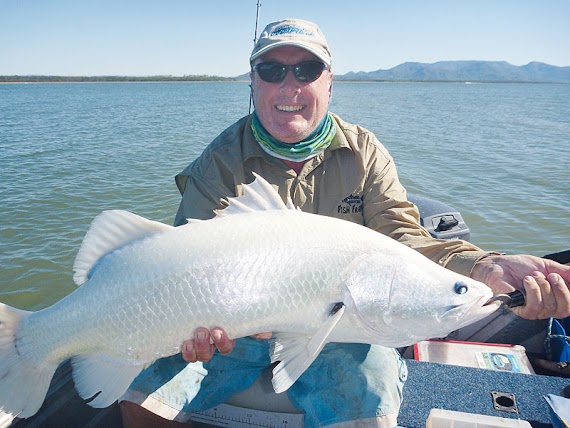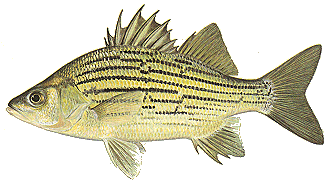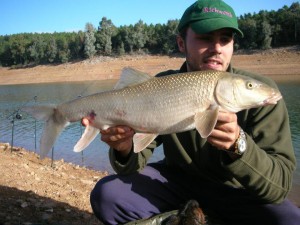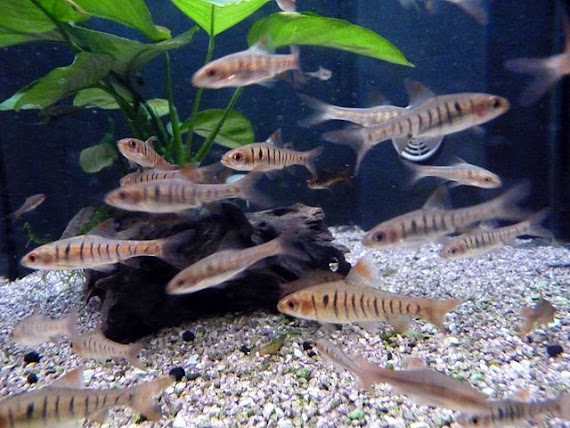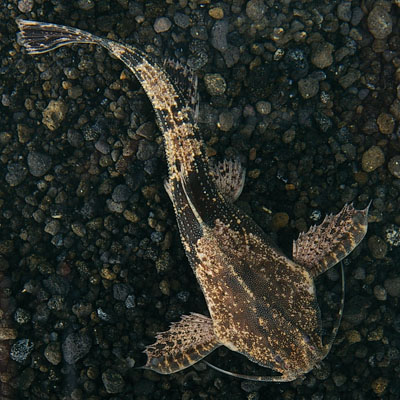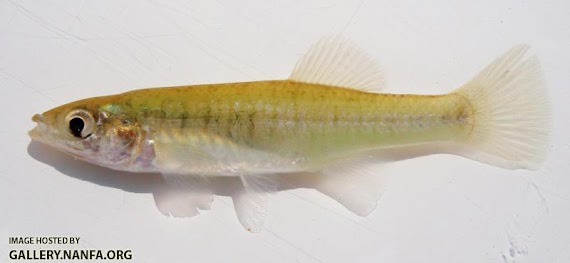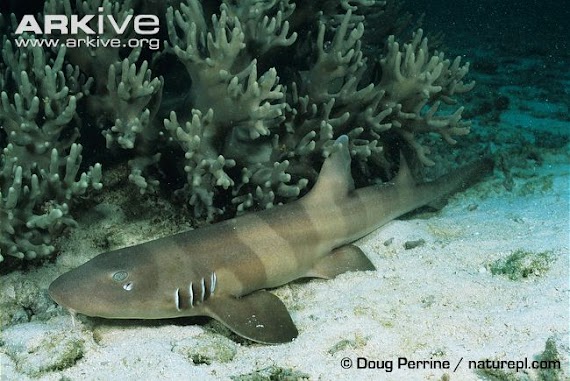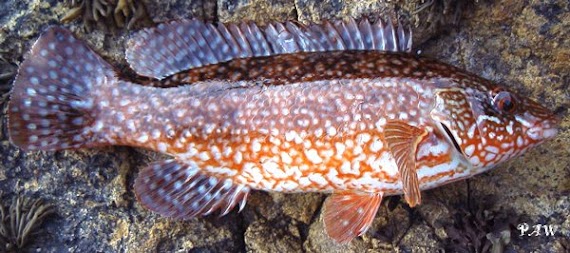Betta fish images -Betta /ˈbɛtə/ is a large genus of small, often colorful, freshwater ray-finned fishes in the gourami family (Osphronemidae). By far the best known Betta species, however, is B. splendens, commonly known as the Siamese fighting fish.
All the Betta species are small fishes, but they vary considerably in size, ranging from under 2.5 cm (1 in) total length in B. chanoides to 12.5 cm (5 in) in the Akar betta (B. akarensis).
Bettas are anabantoids, which means they can breathe atmospheric air using a unique organ called the labyrinth. This accounts for their ability to thrive in low-oxygen water conditions that would kill most other fish, such as rice paddies, slow-moving streams, drainage ditches, and large puddles.
The various bettas can be divided into two groups, based on their spawning behaviour: some build bubble nests, such as B. splendens, while others are mouthbrooders, such as B. picta. The mouthbrooding species are sometimes called "pseudo bettas", and are sometimes speculated to have evolved from the nest-builders in an adaptation to their fast-moving stream habitats. (Wikipedia)
Read also: Fish Images with Names
There are currently 73 recognized species in this genus. The currently described Betta species can be grouped into complexes for conservation purposes. (This grouping of species makes no claim at representing a phylogenetic reality.) The complexes of the associated species are:
All the Betta species are small fishes, but they vary considerably in size, ranging from under 2.5 cm (1 in) total length in B. chanoides to 12.5 cm (5 in) in the Akar betta (B. akarensis).
Bettas are anabantoids, which means they can breathe atmospheric air using a unique organ called the labyrinth. This accounts for their ability to thrive in low-oxygen water conditions that would kill most other fish, such as rice paddies, slow-moving streams, drainage ditches, and large puddles.
The various bettas can be divided into two groups, based on their spawning behaviour: some build bubble nests, such as B. splendens, while others are mouthbrooders, such as B. picta. The mouthbrooding species are sometimes called "pseudo bettas", and are sometimes speculated to have evolved from the nest-builders in an adaptation to their fast-moving stream habitats. (Wikipedia)
Read also: Fish Images with Names
Betta Fish Images
Images of Betta Fish
There are currently 73 recognized species in this genus. The currently described Betta species can be grouped into complexes for conservation purposes. (This grouping of species makes no claim at representing a phylogenetic reality.) The complexes of the associated species are:
- B. akarensis complex:
- Betta akarensis Regan, 1910 (Akar betta)
- Betta antoni H. H. Tan & P. K. L. Ng, 2006
- Betta aurigans H. H. Tan & K. K. P. Lim, 2004
- Betta balunga Herre, 1940
- Betta chini P. K. L. Ng, 1993
- Betta ibanorum H. H. Tan & P. K. L. Ng, 2004
- Betta obscura H. H. Tan & P. K. L. Ng, 2005
- Betta pinguis H. H. Tan & Kottelat, 1998
- B. albimarginata complex:
- Betta albimarginata Kottelat & P. K. L. Ng, 1994
- Betta channoides Kottelat & P. K. L. Ng, 1994
- B. anabatoides complex:
- Betta anabatoides Bleeker, 1851 (giant betta)
- Betta midas H. H. Tan, 2009
- B. bellica complex:
- Betta bellica Sauvage, 1884 (slim betta)
- Betta simorum H. H. Tan & P. K. L. Ng, 1996
- B. coccina complex:
- Betta brownorum K. E. Witte & J. Schmidt, 1992
- Betta burdigala Kottelat & P. K. L. Ng, 1994
- Betta coccina Vierke, 1979
- Betta hendra I. Schindler & Linke, 2013
- Betta livida P. K. L. Ng & Kottelat, 1992
- Betta miniopinna H. H. Tan & S. H. Tan, 1994
- Betta persephone Schaller, 1986
- Betta rutilans K. E. Witte & Kottelat, 1991
- Betta tussyae Schaller, 1985
- Betta uberis H. H. Tan & P. K. L. Ng, 2006
- B. dimidiata complex:
- Betta dimidiata T. R. Roberts, 1989
- Betta krataios H. H. Tan & P. K. L. Ng, 2006
- B. edithae complex:
- Betta edithae Vierke, 1984
- B. foerschi complex:
- Betta dennisyongi H. H. Tan, 2013
- Betta foerschi Vierke, 1979
- Betta mandor H. H. Tan & P. K. L. Ng, 2006
- Betta rubra Perugia, 1893 (Toba betta)
- Betta strohi Schaller & Kottelat, 1989
- B. picta complex:
- Betta falx H. H. Tan & Kottelat, 1998
- Betta picta (Valenciennes, 1846) (spotted betta)
- Betta simplex Kottelat, 1994
- Betta taeniata Regan, 1910 (Borneo betta)
- B. pugnax complex:
- Betta apollon I. Schindler & J. Schmidt, 2006
- Betta breviobesus H. H. Tan & Kottelat, 1998
- Betta cracens H. H. Tan & P. K. L. Ng, 2005
- Betta enisae Kottelat, 1995
- Betta ferox I. Schindler & J. Schmidt, 2006
- Betta fusca Regan, 1910 (dusky betta)
- Betta kuehnei I. Schindler & J. Schmidt, 2008
- Betta lehi H. H. Tan & P. K. L. Ng, 2005
- Betta pallida I. Schindler & J. Schmidt, 2004
- Betta prima Kottelat, 1994
- Betta pugnax (Cantor, 1849) (Penang betta)
- Betta pulchra H. H. Tan & S. H. Tan, 1996
- Betta raja H. H. Tan & P. K. L. Ng, 2005
- Betta schalleri Kottelat & P. K. L. Ng, 1994
- Betta stigmosa H. H. Tan & P. K. L. Ng, 2005
- B. splendens complex:
- Betta imbellis Ladiges, 1975 (crescent betta)
- Betta mahachaiensis Kowasupat, Panijpan, Ruenwongsa & Sriwattanarothai, 2012
- Betta siamorientalis Kowasupat, Panijpan, Ruenwongsa & Jeenthong, 2012
- Betta smaragdina Ladiges, 1972 (Blue betta)
- Betta splendens Regan, 1910 (Siamese fighting fish)
- Betta stiktos H. H. Tan & P. K. L. Ng, 2005
- B. unimaculata complex:
- Betta compuncta H. H. Tan & P. K. L. Ng, 2006
- Betta gladiator H. H. Tan & P. K. L. Ng, 2005
- Betta ideii H. H. Tan & P. K. L. Ng, 2006
- Betta macrostoma Regan, 1910 (spotfin betta)
- Betta ocellata de Beaufort, 1933
- Betta pallifina H. H. Tan & P. K. L. Ng, 2005
- Betta patoti M. C. W. Weber & de Beaufort, 1922
- Betta unimaculata (Popta, 1905) (Howong betta)
- B. waseri complex:
- Betta chloropharynx Kottelat & P. K. L. Ng, 1994
- Betta hipposideros P. K. L. Ng & Kottelat, 1994
- Betta pardalotos H. H. Tan, 2009[12]
- Betta pi H. H. Tan, 1998
- Betta renata H. H. Tan, 1998
- Betta spilotogena P. K. L. Ng & Kottelat, 1994
- Betta tomi P. K. L. Ng & Kottelat, 1994
- Betta waseri Krummenacher, 1986
Image Source:
https://en.wikipedia.org/wiki/Betta http://www.fishxperts.com/betta-fish-care/ |
attention:
all images contained on this "Betta Fish Images" page does not belong to this blog, the
images used for information purposes only. If you are the owner of the
image above and do not want the picture shown, please contact us and
we'll remove it immediately. Thank you
|

